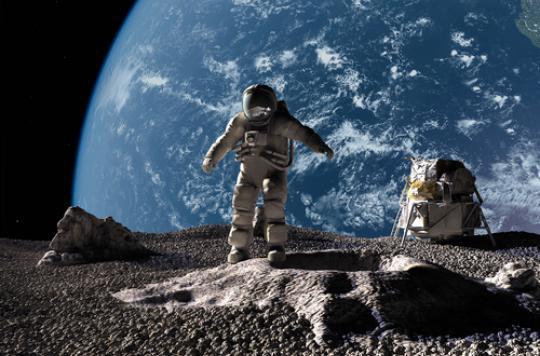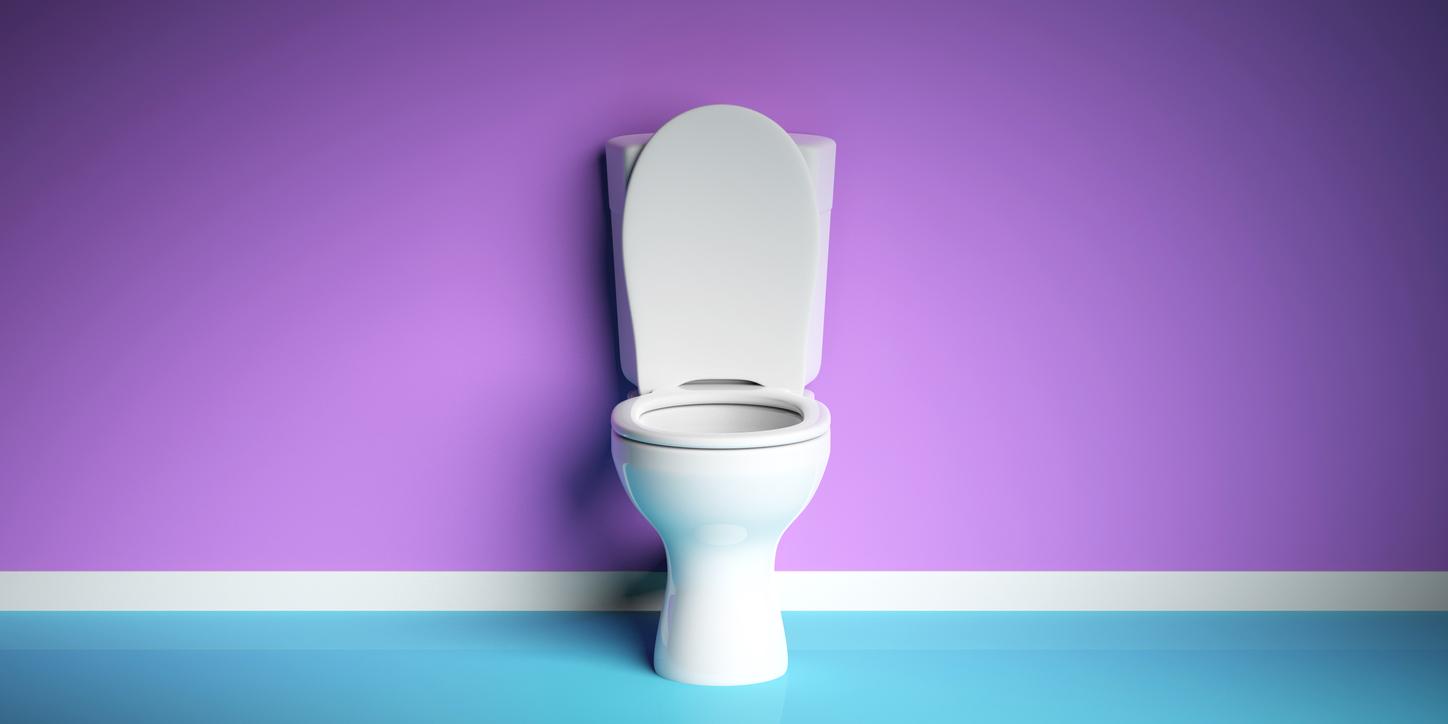To defecate in space with a wetsuit is currently too complex. NASA is launching a competition to develop a new device.

We all wondered what sensation the astronaut can have when he contemplates, from his capsule, our planet. We also say that the first time that Man set foot on the Moon, his soul must have been filled with an immense feeling of satisfaction. But space exploration conceals much less glamorous questions, which we are less inclined to ask. And yet …
How does the astronaut relieve himself in space? The subject seems trivial, but in weightlessness, in a spacesuit and without hands, defecating is an expedition in its own right. While the French astronaut Thomas Pesquet flew into space for the “Proxima” mission a few days ago, NASA is therefore asking this fundamental question in the form of a challenge launched to Internet users.
Astronaut Richard Mastracchio on Space Poop Challenge from HeroX we Vimeo.
6 days in trouble
The “Space Poop Challenge” is for all creative minds imaginative enough to design a system that allows astronauts to dispose of their organic waste with ease and cleanliness when wear their combination, during an extra-vehicular outing for example. Currently, astronauts are equipped with diapers, which is not very practical and carries infectious risks.
In the event of a vessel failure or depressurization, astronauts can find themselves stuck in their suits for six days, in total autonomy. Their equipment is in fact designed to provide them with oxygen and nutrients in the event of damage. But it also represents 144 hours during which it is therefore necessary to cohabit with its organic waste, on the skin and mucous membranes.
Internet users must therefore “find a solution to the collection and treatment of droppings from astronauts in suits in space”, with precise specifications. “The device must be able to keep urine, feces and menstrual losses, in a sitting position as well as in movement, while preventing them from coming into contact with the body of the astronaut”, specifies NASA .
30,000 euros up for grabs
The new device must also be usable “in less than 5 minutes and without hands”. Ultimately, it could be used outside the spatial context, in hospitals, for example.
The Internet user who wins the competition will receive a reward of 30,000 dollars (approximately 28,200 euros). The competition is open until December 20. NASA hopes to test the winning device as early as next year for use in space within a year.
.
















